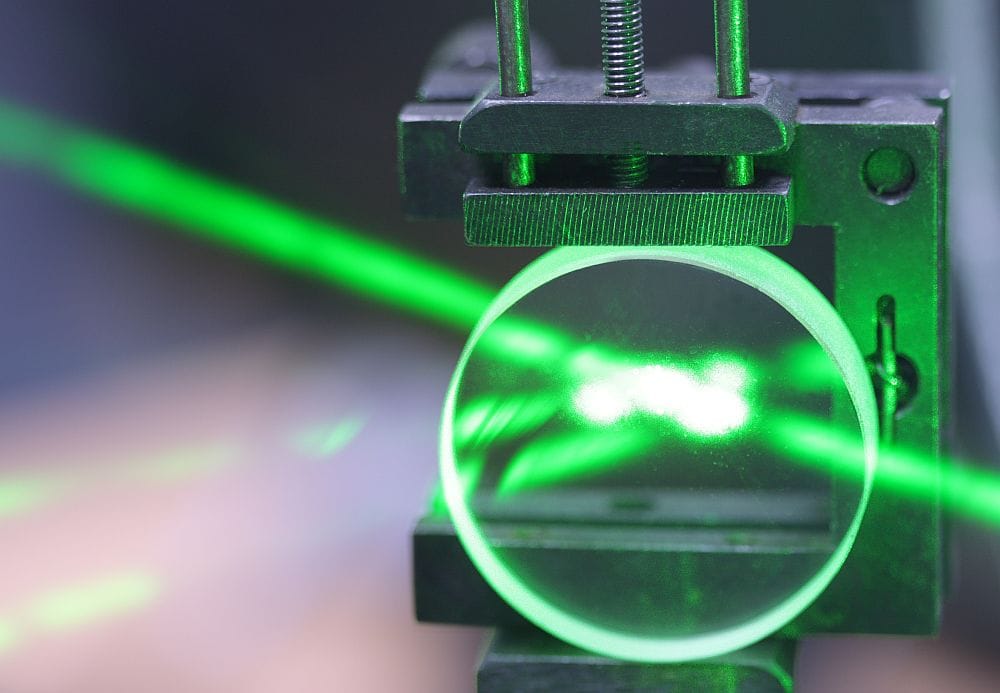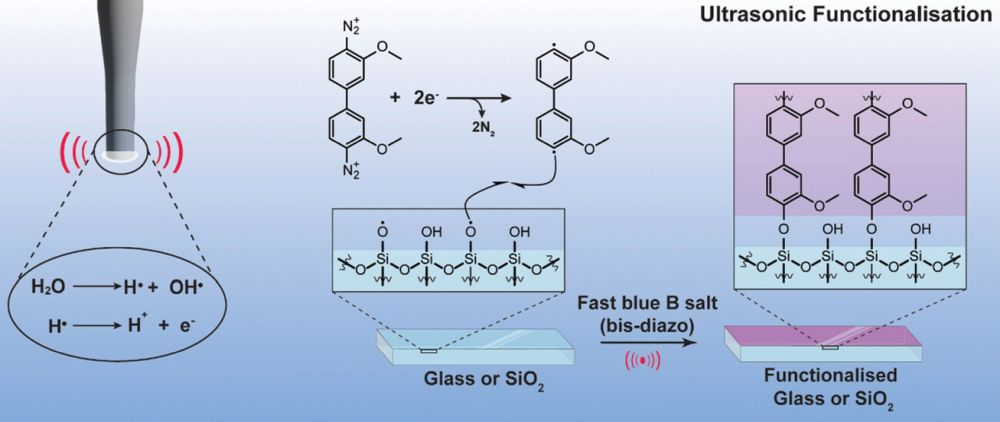
[Images above] Credit: NIST
ENERGY
Battery technology takes flight
As part of a new program, Argonne National Laboratory researchers are evaluating what it takes to power drones with batteries. These unmanned aerial vehicles make up an ever-expanding market that now includes military, commercial, consumer, and law enforcement applications.
Flow battery to store renewable energy
Researchers are using sodium and potassium as the fluid for the negative electron donor on a flow battery. They also found a suitable ceramic membrane made of potassium and aluminum oxide to keep the negative and positive materials separate while allowing current to flow.
Research on light-matter interaction could lead to improved electronic and optoelectronic devices
A recent paper published in Nature Communications increases our understanding of how light interacts with atomically thin semiconductors and creates unique excitonic complex particles, multiple electrons, and holes strongly bound together.
MANUFACTURING
Critical Materials Institute takes major step toward printed anisotropic magnets
The Critical Materials Institute has taken a major step toward printed, aligned anisotropic magnets via additive manufacturing. By applying magnetic alignment, the researchers were able to improve magnetic performance of the dysprosium-free composite bonded magnet without using more critical materials.
Large-area printing of perovskite solar cells
A team of researchers has reported on all large-scale printable perovskite solar modules. The promising device architecture and outstanding stability of the materials resulted in the low-cost manufacturing of the solar cells on larger areas.
OTHER STORIES
Tübingen to host one of four new competence centers for machine learning in Germany
Tübingen will be the location for a competence center for artificial intelligence and machine learning. The Tübingen AI Center will provide research groups at the university and at the Max Planck Institute for Intelligent Systems with a place to develop learning systems.
Study opens route to flexible electronics made from exotic materials
Researchers have developed a technique to fabricate ultrathin semiconducting films made from a host of exotic materials other than silicon. The materials exhibit better performance than silicon but until now have been prohibitively expensive to produce in functional devices.
New process could make aluminum as strong as titanium
New research suggests that aluminum composites could be enhanced to the quality of titanium alloys and used in the aerospace industry. Researchers may have found a way to double the strength of composites obtained by 3-D printing from aluminum powder.
New coating cuts barnacle build-up to keep ships at sea longer
A new corrosion-resistant coating that halved the build-up of algae and barnacles on ship hydraulic components is now being trialed on HMAS Canberra, one of the Royal Australian Navy landing helicopter dock ships.
Better catalysts with the help of fine-tuning at the atomic level
By studying materials down to the atomic level, researchers at Chalmers University of Technology have found a way to make catalysts more efficient and environmentally friendly. The methods can be used to improve many different types of catalysts.
Researchers demonstrate first example of a bioelectronic medicine
Researchers at Northwestern University and Washington University School of Medicine have developed the first example of a bioelectronic medicine: an implantable, biodegradable wireless device that speeds nerve regeneration and improves the healing of a damaged nerve.
Researchers quickly harvest 2-D materials, bringing them closer to commercialization
Researchers in the Department of Mechanical Engineering at MIT have developed a technique to harvest 2-inch diameter wafers of 2-D material within just a few minutes. They can then be stacked together to form an electronic device within an hour.
Author
Faye Oney
CTT Categories
- Material Innovations


